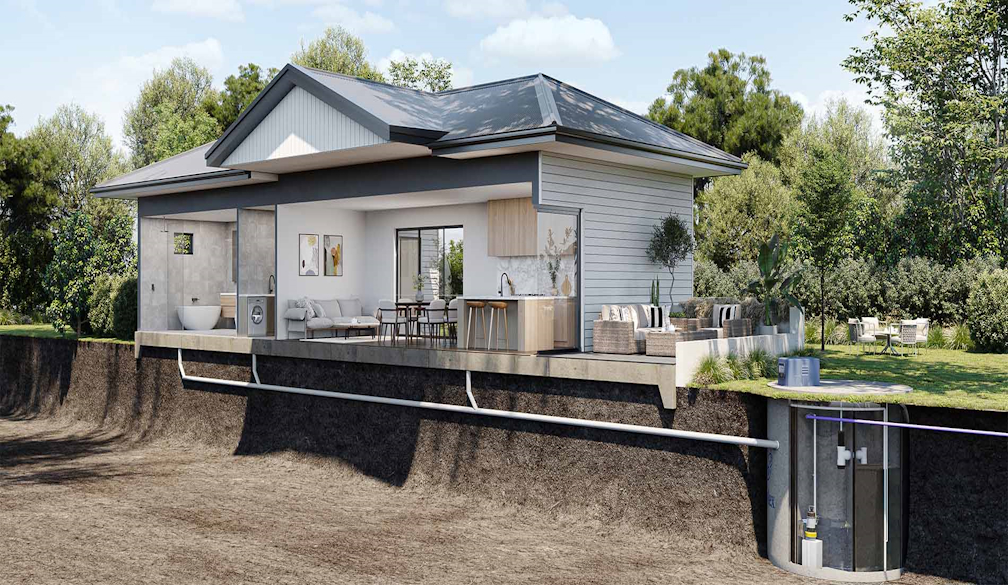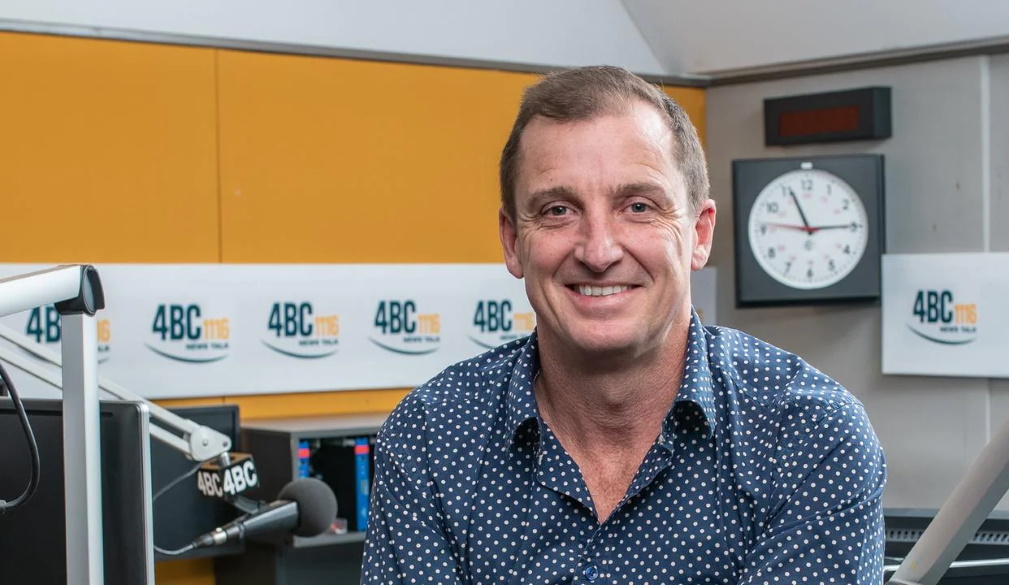Everything You Need To Know About Septic Tanks
- Written by The Chronicle

About
Australia is the world’s driest continent. Large, sparsely populated with some of the most undisturbed natural environments in the world. Many Australians choose to live in rural and semi-rural settings. In these areas residents enjoy the beautiful landscape, peace, privacy, wonderful wildlife, clean air and water. There are some different considerations when living outside urban areas. One of these is household wastewater disposal or treatment.
In homes that are not connected to municipal sewer networks, it is the responsibility of the property owner to install and maintain an on-site wastewater treatment system that complies with the Australian Standard and local council regulations. To protect our environment and the health of our communities, Australia has some of the most stringent standards for on-site wastewater treatment in the world. This applies also to businesses in areas not connected to a sewerage grid. To meet compliance standards for both residential and commercial operations, a licensed and authorised plumber must install your wastewater systems.
What is a Septic Tank?
The term ‘Septic Tank’ is commonly used to refer to all types of on-site wastewater treatment systems. This is not correct, there are many other types of on-site wastewater treatment systems.
Septic Tanks are simple systems that are made up of two chambers separated by a single baffle wall. Some Septic Tank systems can also incorporate a grease trap and greywater tank. Septic tanks rely on gravity to settle fats and solids from wastewater. The resulting effluent is disposed of in underground trenches. The remaining sludge is pumped out annually and taken to municipal treatment plants or toxic waste disposal facilities.
Septic tank effluent is not disinfected and is overloaded with damaging nutrients and bio-organic oxygen demand that degrades soil and water quality.
Eventually septic tanks fail and/or disposal trenches become exhausted requiring removal and replacement.
*Septic tank diagram
Are Septic Tanks still legal?
Are Septic Tanks still used? Thankfully, septic tank systems are no longer permitted in new homes in most areas. While there are hundreds of thousands of existing Septic Tanks in homes all over Australia, a high number of these systems are failing. Local councils are undergoing programs to notify property owners of failing Septic Tanks, with a view to have them upgraded to an on-site wastewater treatment system that meets modern standards. If in doubt check with your local council.
Are Septic Tanks Bad?
Household wastewater poses huge problems when not proactively managed. Goal 6 of the 17 United Nations Sustainable Development Goals is ‘the sustainable management of water and sanitation’. Right now, there are 3.5 billion people still living without safe toilets. In these situations, diseases spread, killing 1,000 children under-five every single day.
Maintaining high standards of wastewater treatment and continuing to improve our on-site wastewater management standards is essential to the long-term health of our environment and the protection of our communities.
Septic tank effluent is not disinfected and is overloaded with damaging nutrients and bio-organic oxygen demand that degrades soil and water quality.
Eventually septic tanks fail and/or disposal trenches become exhausted requiring removal and replacement.
How do I know if my Septic Tank is failing?
Failing septic systems can have dire health and environmental consequences, exposing your family and pets to dangerous pathogens and in severe cases contaminating local water sources, making them unfit for consumption and damaging the health of the wider ecosystem.
You may have a failing septic system, without even realising.
Common signs include:
- Foul odour coming from your system or parts of your yard.
- Constant wet or spongy patches in the yard (that are not due to rain or other water source).
- Gurgling/strange noises after using plumbing appliances i.e toilets.
- Unexplained slow drainage from sinks, showers, baths, etc.
Even septic tanks that are ‘operating normally’ are susceptible to leaking during rain events and other types of failures.
What is the modern standard for Septic Tanks?
The on-site wastewater treatment industry has come a very long way in technological development since the simple Baffle wall Septic Tank. Governed by the Australian Standard 1564.3 2017, the most advanced type of system available, and the most commonly used type of system in Australia today is the Aerated On-site Wastewater Treatment System.
What is an Aerated On-site Wastewater Treatment System?
There are several brands of aerated on-site wastewater treatment systems which all have differences in structure, product quality and treatment process. For simplicity, we will discuss the market leading brand, Taylex. Most aerated systems use at least 4 chambers in their treatment process. The Taylex System is a 5-stage system, the key stage of which is the aeration chamber. An air pump sends air to a diffuser inside the chamber. This creates an environment where healthy bacteria thrive. These bacteria digest the solids in the water and start the denitrification process to reduce nutrient levels to normal. Water is eventually disinfected using a small amount of chlorine (similar levels to tap water).
What is the best brand of Aerated On-site Wastewater Treatment System?
There are several brands available, the longest running and most trusted brand. When researching different brands consider the following;
- What is the system made from? Consider that an on-site wastewater treatment system, once installed, should last as long as your home.
- Are the internal walls moulded in a single piece with the exterior of the tank? As water moves from one chamber to another, it can create a lot of pressure against the interior walls, this is a common fail point in some systems.
- What is the Emergency Storage capacity? If there is a power outage, how long can the system continue to handle your home’s wastewater load?
- What is the servicing program like and how can you be sure that you are going to receive quality servicing for your system?







